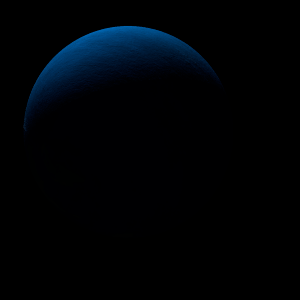|
|
Space Astro
|
Info for exoplanet "Delia'legete"
| Scientific (actual) data |
|---|
| Name | OGLE-2017-BLG-1806 b |
| Planet status | Confirmed |
| Planet mass | 0.01658 |
| Semi major axis | 1.75 |
| Discovered | 2022 |
| Updated | 2023-08-28 |
| Publication | Published in a refereed paper |
| Detection type | Microlensing |
| Mass measurement type | Microlensing |
| Star name | OGLE-2017-BLG-1806 |
| Right ascension | 266.63° |
| Declination | -24.27° |
| Star distance | 6400 |
| Star mass | 0.38 |
| Star alternate names | KMT-2017-BLG-1021 |
| Wikipedia article | OGLE-2017-BLG-1806 b |
Back
| |
| Fictional info (?) |
|---|
| Suggested name | Delia'legete |
| Planet type | Cold planet |
| It has the densest atmosphere of the known cold planets, consisting partly of ammonium hydrosulfide (NH4SH).
Wind speeds can reach 50 metres per second. |
| Atmosphere | Ammonium hydrosulfide (NH4SH) | 81% |
| Carbon dioxide | 5.8% |
| Carbon monoxide | 5.5% |
| Molecular hydrogen | 3.6% |
| Hydrogen chloride | 2.1% |
| Methane | 1.2% |
| Hydrogen | 0.088% |
| Atmospheric pressure | 50 bar |
 |
| No known satellites |
| Google search for Delia'legete |
|
Website by Joachim Michaelis
|
|
|
|